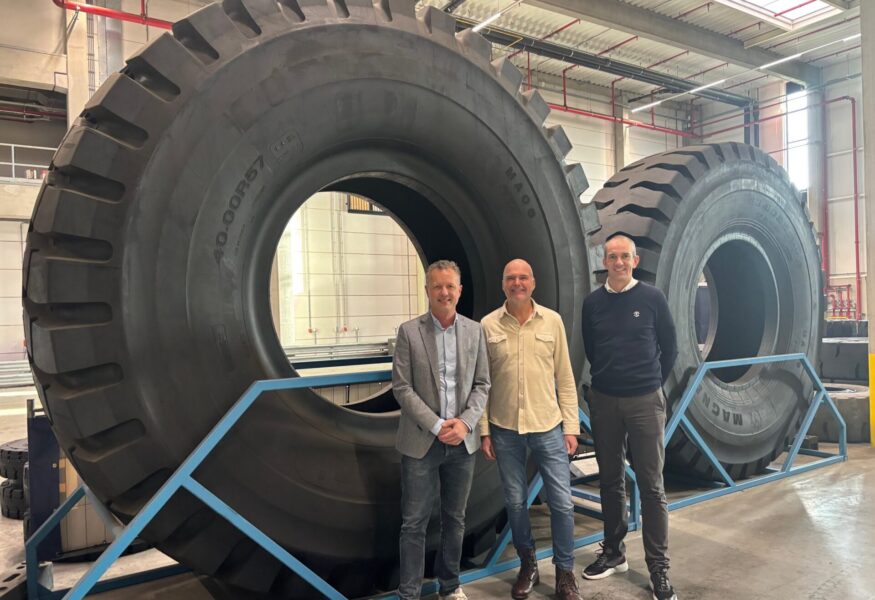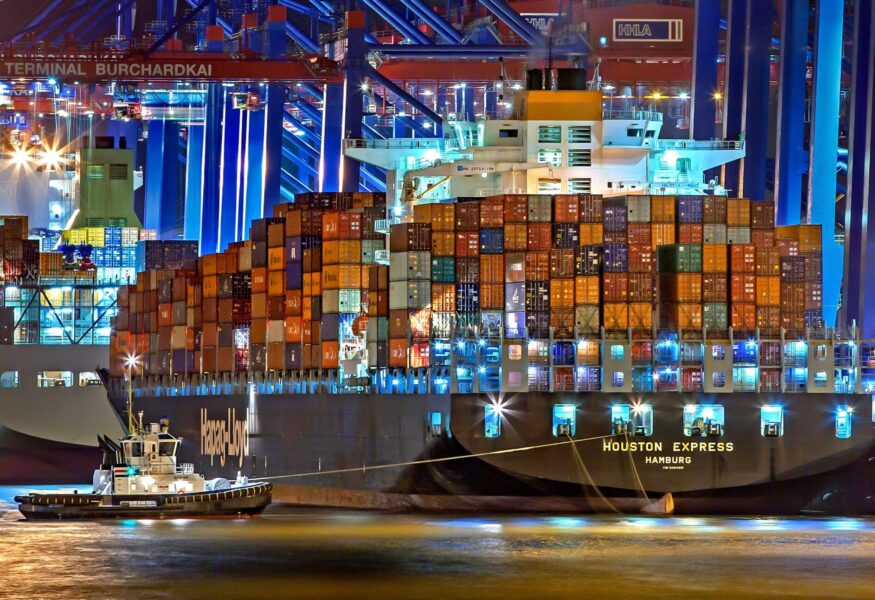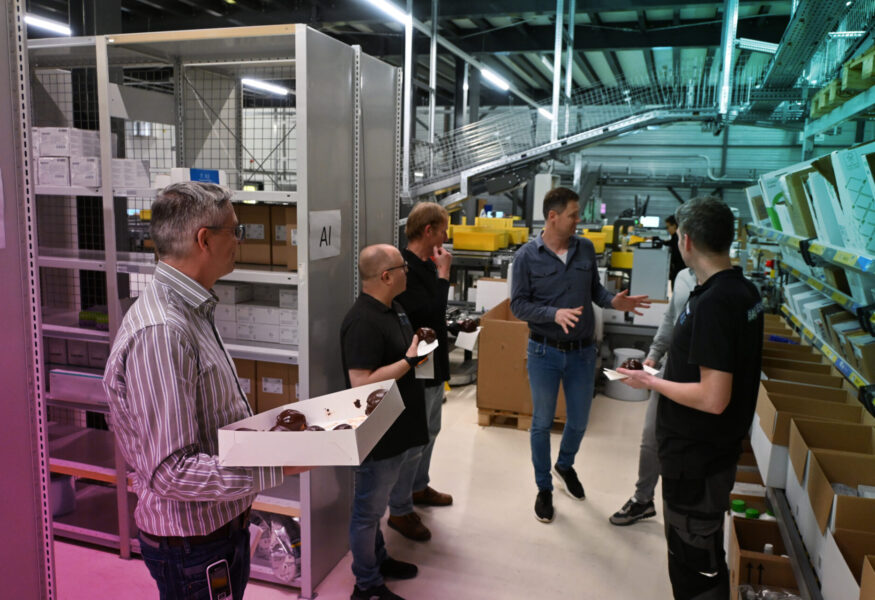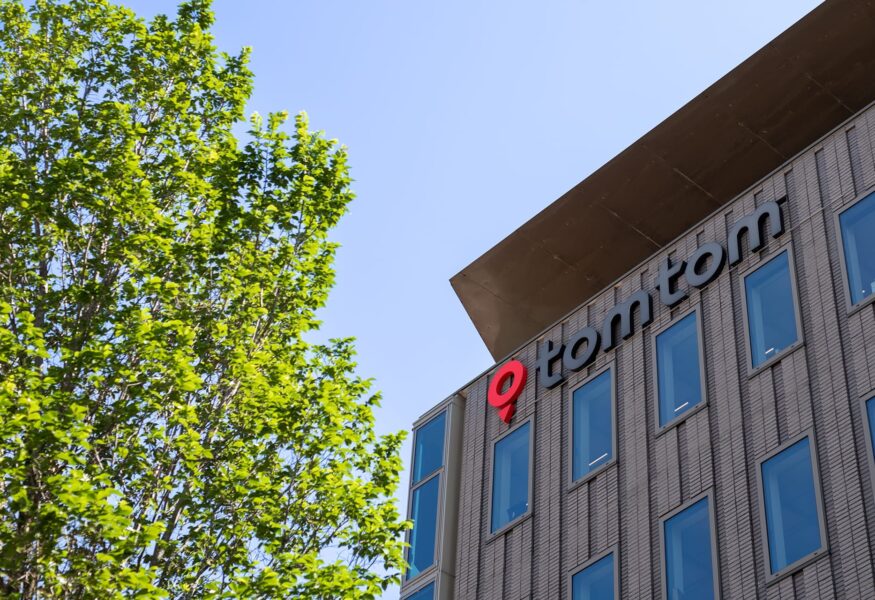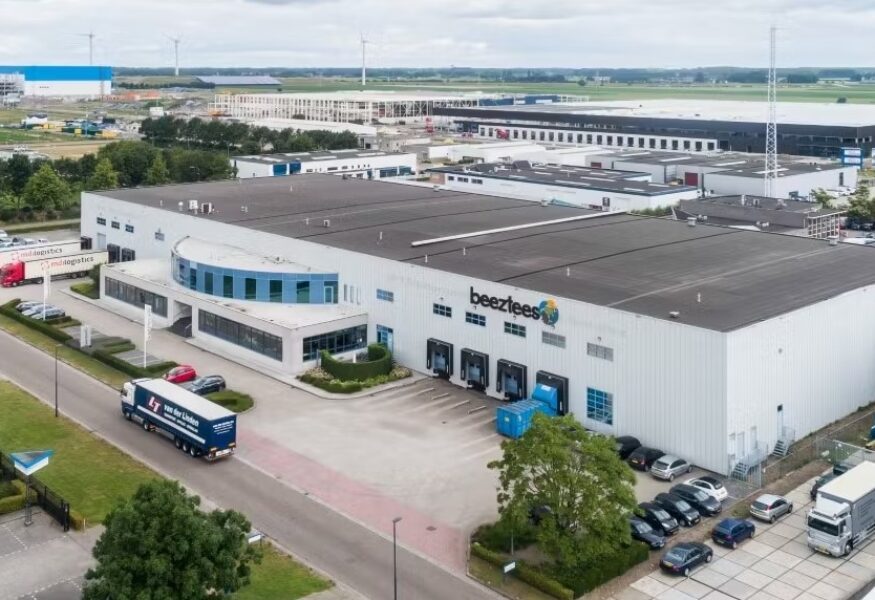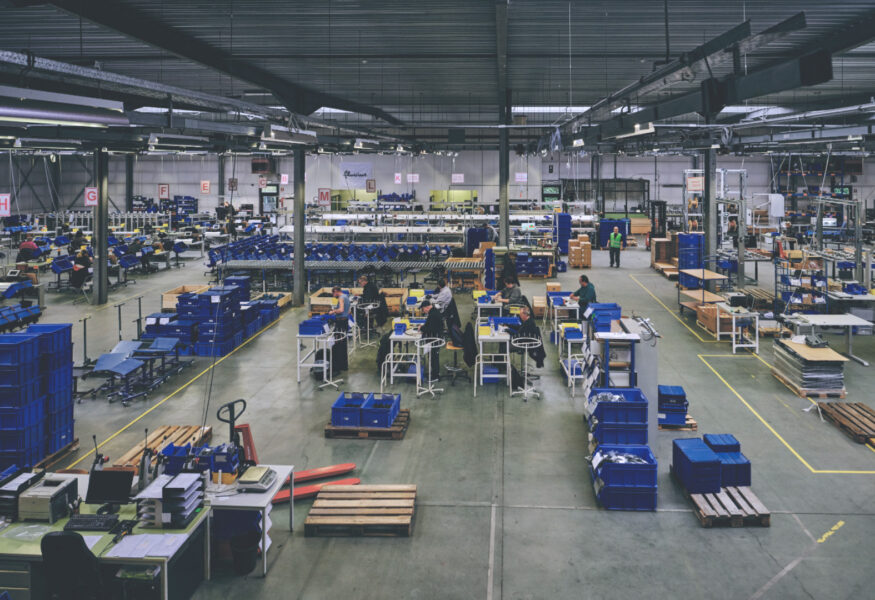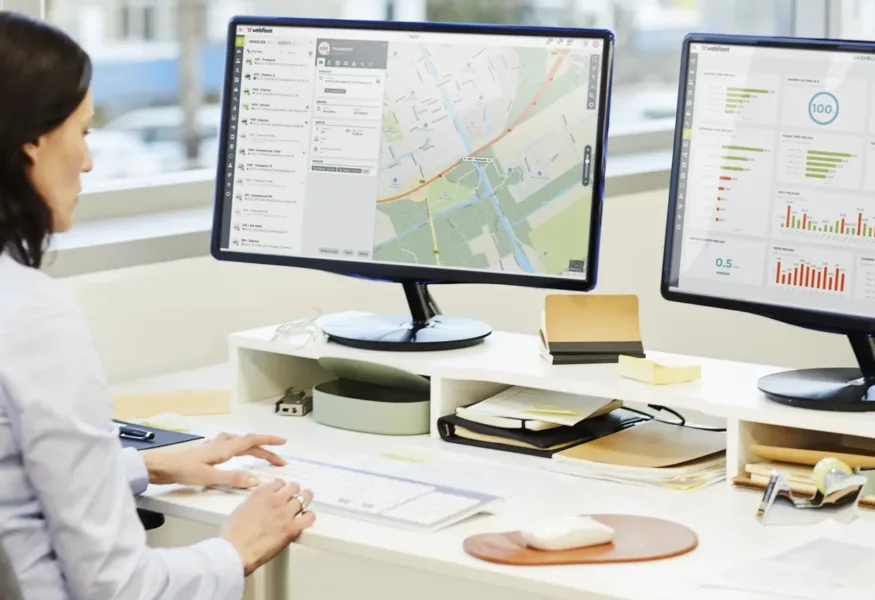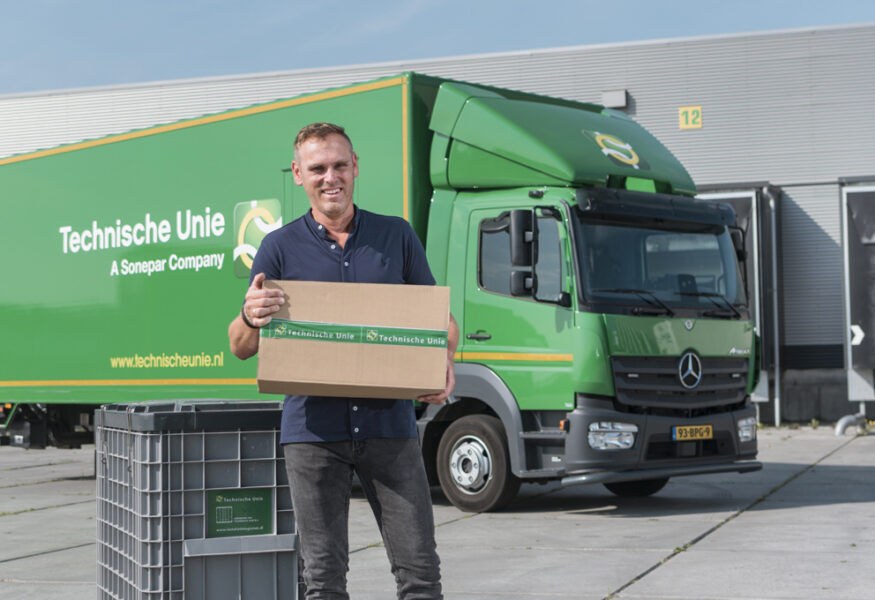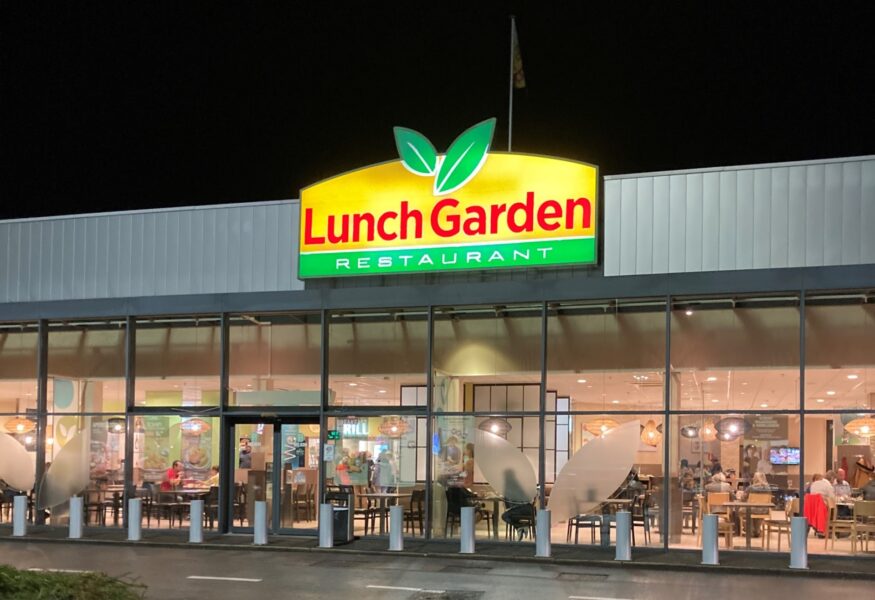The current Enterprise Resource Planning (ERP)system is a barrier to customer satisfaction for almost a third of organisations in the Netherlands. This is according to research among over 500 Dutch IT decision-makers and influencers on the use of ERP systems, commissioned by SAP in 2023. With ongoing transformations in the market, companies need to keep their internal processes flexible while being able to work efficiently with a future-proof ERP system.
Satisfied customers
The expectations of both business and private customers continue to grow. Companies need to be able to quickly inform their customers about order status, scheduled and expected deliveries and invoice payments, as well as outstanding complaints and returns. At the same time, companies are increasingly facing increasing demand volatility, supply chain disruptions and staff shortages in recent times.

Administrative Agility
This increasing complexity requires Agility in internal processes and administrative efficiency of finance, procurement, sales, production, logistics and HR. Companies need to get the most out of the internal data in administrative systems and make optimal use of the available resources. This is only possible by making optimal use of the available data, optimising and further automating the administrative processes. Yet many companies work with ERP systems that are 10 to 15 years old and often still have many original settings, while in the meantime, all kinds of things have changed internally and externally. Those systems were a perfect fit for the business management of the past, but were not developed for the challenges of today and tomorrow.
The result of these outdated ERP systems is that processes slow down or even get stuck, integration problems pile up, and keeping up with transformations costs a lot of time and money. For companies, their ERP systems need to stay in line with changing business strategies. According to analyst firm Gartner, cloud computing will be an essential pillar by 2028 to compete, which means that today’s ERP system must be ready for it.
In collaboration with Supply Chain Magazine, we therefore developed a checklist to assess whether the ERP system is future-proofed for tomorrow’s challenges.
Download the ultimate checklist for a future-proof ERP
This handy checklist will give you a quick overview of the strengths and possible areas of improvement of your current ERP. That way, you will immediately know which steps are needed to prepare your organisation for the future.



